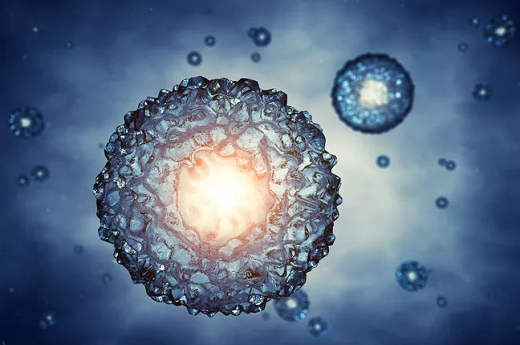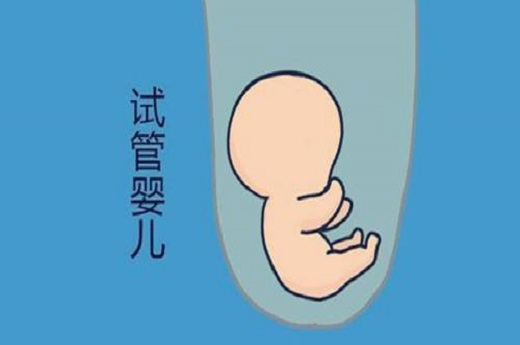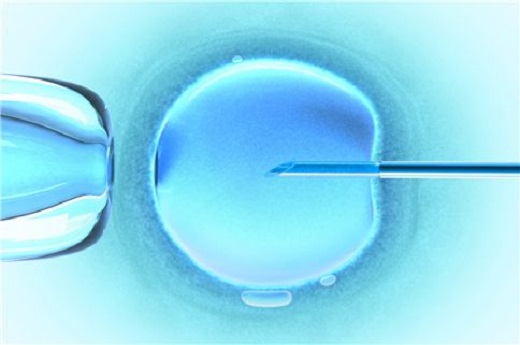Have you ever wondered about the marvels of modern science and technology? Have you ever marveled at the incredible advancements that have been made in the field of reproductive medicine? If so, then the topic of two-step embryo transfer for IVF, also known as "杭州试管婴儿二步移植" in Chinese, is sure to captivate your interest.
您是否曾经想过现代科学技术的奇迹?您是否曾经对生殖医学领域取得的令人难以置信的进步感到惊叹?如果是的话,那么试管婴儿的二步移植技术,也被称为“杭州试管婴儿二步移植”,肯定会引起您的兴趣。

In recent years, the field of assisted reproductive technology has made great strides, offering hope to countless couples struggling with infertility. Two-step embryo transfer for IVF is a cutting-edge technique that has revolutionized the way in which embryos are transferred during the in vitro fertilization process. This groundbreaking method has the potential to significantly improve the success rates of IVF procedures, giving new hope to those who have been unable to conceive through natural means.
近年来,辅助生殖技术领域取得了巨大进步,为无数不孕不育的夫妇带来了希望。试管婴儿的二步移植技术是一种前沿技术,彻底改变了试管婴儿过程中胚胎移植的方式。这一开创性方法有望显著提高试管婴儿手术的成功率,为那些无法通过自然方式怀孕的人们带来新的希望。
So, what exactly is two-step embryo transfer for IVF? In traditional IVF procedures, embryos are typically transferred into the uterus three to five days after fertilization. However, with the two-step approach, embryos are first cultured in the laboratory for a longer period of time, allowing for the selection of the most viable and healthy embryos for transfer. This extended culture period gives embryologists the opportunity to closely monitor the development of the embryos, ultimately leading to better outcomes for patients.
那么,试管婴儿的二步移植技术究竟是什么呢?在传统的试管婴儿手术中,胚胎通常在受精后三到五天转移到子宫内。采用二步方法,首先在实验室中培养胚胎更长的时间,以便选择最具活力和健康的胚胎进行移植。这种延长的培养期给胚胎学家提供了密切监测胚胎发育的机会,最终为患者带来更好的结果。

The benefits of two-step embryo transfer for IVF are undeniable. By allowing embryos to develop in the laboratory for a longer period of time, embryologists are able to identify the most viable embryos, increasing the likelihood of a successful pregnancy. Additionally, this approach reduces the risk of multiple pregnancies, as only the highest quality embryos are selected for transfer. This not only improves the chances of a healthy pregnancy, but also minimizes the potential complications associated with carrying multiple fetuses.
试管婴儿的二步移植技术的好处是不可否认的。通过延长实验室内胚胎的发育时间,胚胎学家能够确定最具活力的胚胎,增加成功怀孕的可能性。这种方法减少了多胎妊娠的风险,因为只有最优质的胚胎才会被选中进行移植。这不仅提高了健康怀孕的机会,还减少了携带多个胎儿可能出现的并发症。
In conclusion, the two-step embryo transfer for IVF, or "杭州试管婴儿二步移植" technique, represents a significant advancement in the field of assisted reproductive technology. By allowing for the extended culture of embryos in the laboratory, this innovative approach has the potential to improve the success rates of IVF procedures and minimize the risks associated with multiple pregnancies. As the technology continues to evolve, it is likely that two-step embryo transfer will become an increasingly common and effective option for couples seeking to start or expand their families through IVF.
试管婴儿的二步移植技术,或者称为“杭州试管婴儿二步移植”,代表了辅助生殖技术领域的重大进步。通过延长实验室内胚胎的培养时间,这种创新方法有望提高试管婴儿手术的成功率,并减少多胎妊娠所带来的风险。随着技术的不断发展,试管婴儿的二步移植将成为越来越常见和有效的选择,帮助那些希望通过试管婴儿开始或扩大家庭的夫妇们。
